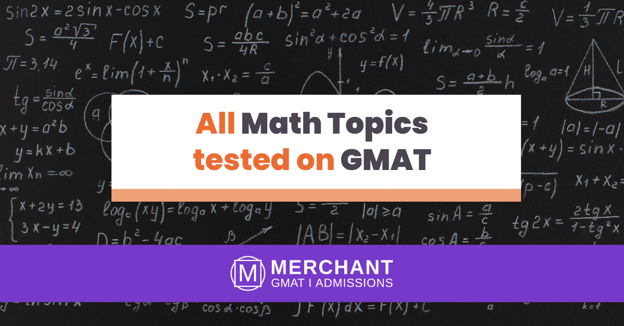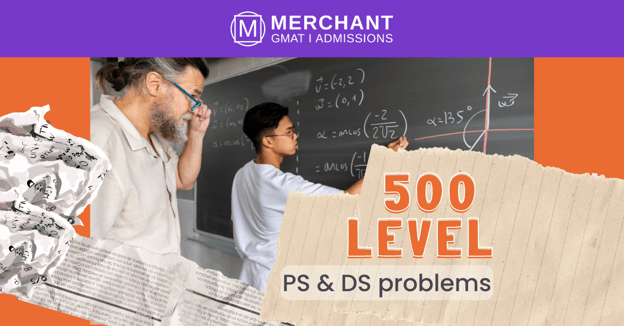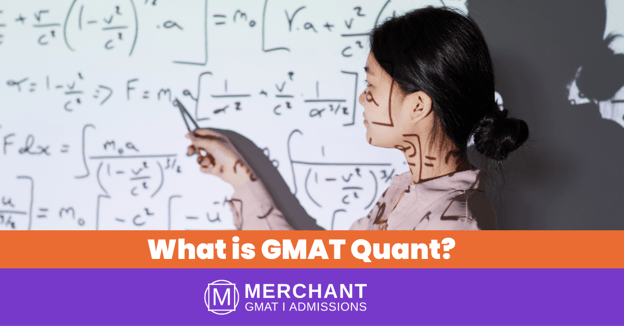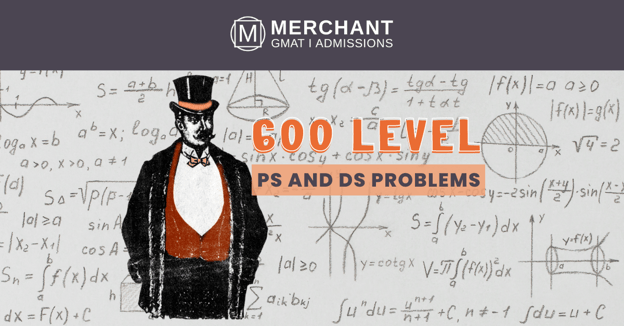GMAT Problem Solving Demystified: Understanding the Basics
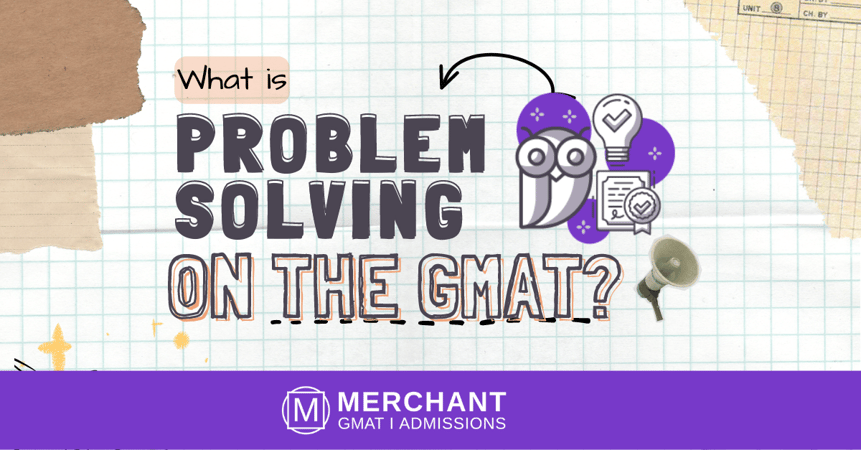
The GMAT (Graduate Management Admission Test) is a standardized test that prospective MBA students take to gain admission into graduate business programs. Many students find the Problem Solving (PS) exercises in the Quant section to be the most challenging. In the PS section, you are presented with a math problem and must select the correct answer from among five answer choices.
If you're feeling intimidated by the PS section of the GMAT, don't worry! In this blog post, we'll demystify the basics of this section so that you can go into your exam with confidence. Keep reading to learn more!
The GMAT is a test that potential business school students take to assess their readiness for graduate-level coursework.
The GMAT is used by business schools to assess whether incoming students are prepared for the rigors of graduate-level coursework. This test evaluates candidates' problem-solving abilities, including the critical thinking skills needed to analyze complex issues and multi-source reasoning skills, which involve analyzing and synthesizing information from multiple sources. Additionally, the test also takes a look at quantitative reasoning skills such as arithmetic operations and basic math problems. However, all these psychometric assessments are based on standardized testing methods so that each individual's performance can be compared and evaluated universally. The GMAT is thus a powerful tool that provides insight into one's potential success in a business school setting.
Part of the GMAT is the Problem Solving section, which tests basic mathematical skills.
The GMAT is a widely accepted standardized test, and part of the exam covers PS questions. These are designed to assess mathematical proficiency, and involve solving problems and choosing the correct answer from among five options. It's important to note that PS incorporates more than just basic math fundamentals; it also requires aptitude in problem-solving strategies. To handle this section of the test, one has to not only understand how math works, but also how to think critically about what each question is asking. Knowing one's equations can only get you so far; to ace this part of the GMAT, candidates will need to combine their knowledge with their problem-solving abilities.
In order to do well on the Problem Solving section, it is important to understand the basics of solving math problems.
Preparing for the PS section of any standardized test is essential, and understanding the basics of solving math problems is key. From learning basic operations like addition, subtraction, multiplication, and division to more complex topics such as algebraic equations and geometry formulas, a firm grasp of these skills can be the difference between success or failure. Furthermore, it's important to remember that practice helps ensure accuracy with time management so that you can finish all the questions in the given time limit. Doing your best to understand these fundamentals will give you the greatest chance of success on this tricky section.
There are four main steps to solving a math problem: reading and understanding the problem, planning a solution, carrying out the plan, and checking the answer.
PS questions can be intimidating, but if you break it down into four main steps, you'll find that addressing each one in turn can make the process much simpler. To solve a math problem, start by reading and understanding the problem – make sure you know what the question is asking you before jumping into the solution. Then, plan out your solution – use paper for equations or diagrams if it helps. Next, carry out your plan and solve the equation. Finally, double-check your answer against the available choices to make sure that it's correct. If you take these four steps systematically and patiently, then you will be able to answer PS questions with ease!
Let's take a look at each of these steps in more detail.
Breaking down each step of a PS question is important when formulating an effective strategy. PS questions require you to solve a math problem, so first and foremost, it's essential that you have a good understanding of the mathematical concepts being tested. After having a solid grasp on these concepts, take the time to analyze all the information given in the question and determine what type of equation needs to be solved. Don't forget to read through the answer choices provided before beginning to calculate; this can often help inform your approach. Once all the necessary calculations are made, simply select which answer choice matches your solution! Taking it slow, step-by-step will get you through this section with ease.
Reading and understanding the problem is perhaps the most important step, as it will determine what kind of solution you need to find.
The first and most crucial step in PS is to read and understand the problem. Doing so allows you to identify exactly what type of solution you need to find, as it outlines what conditions should be fulfilled when giving an answer. For example, a PS question might require that you select the answer choice that accurately solves the equation. Knowing this information can help you decide which mathematical skills are needed in order to solve the problem correctly. To get the best possible result on a PS test, make sure you read the question very carefully and take your time evaluating its context before attempting to arrive at a solution!
All in all, the PS section of the GMAT is designed to assess a student's readiness for graduate-level coursework. If you're preparing for the GMAT, it's important to understand the basics of solving math problems - such as understanding what kind of solution you need to find and how to utilize the four main steps: reading and understanding the problem, planning a solution, carrying out the plan, and checking the answer. You don't have to approach this challenge alone; knowledgeable tutors can provide substantial help when understanding math problems on the GMAT. With an expert coach from Merchant GMAT & Admissions, you can take your skills to the next level before tackling your test. Don't let fear or uncertainty stop you from achieving your goals; start your GMAT journey today.
Ready to Start?
Fill out the form, and a member of the Merchant Sales Team will be in contact with you shortly to discuss your MBA journey


